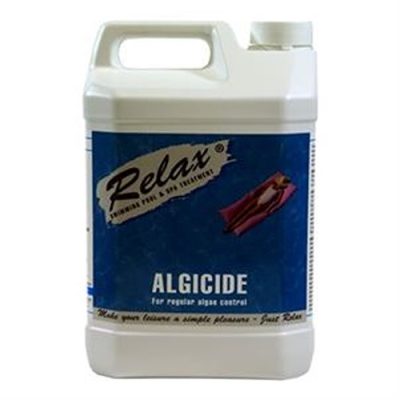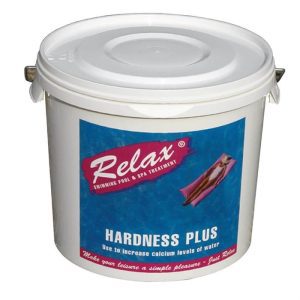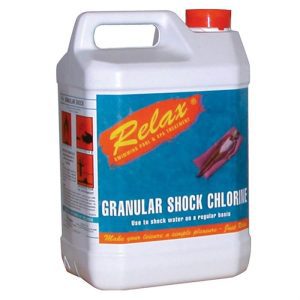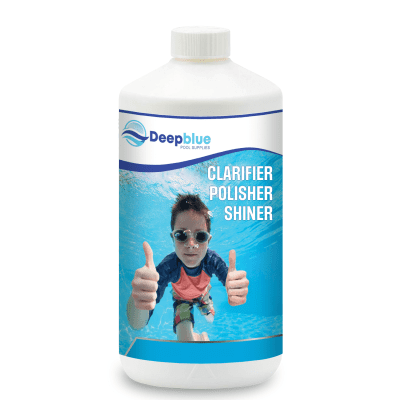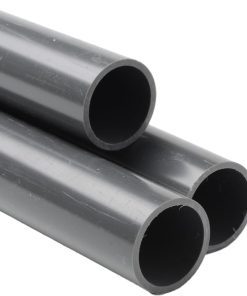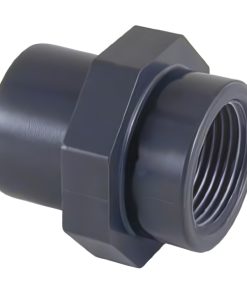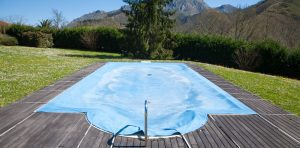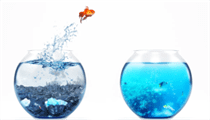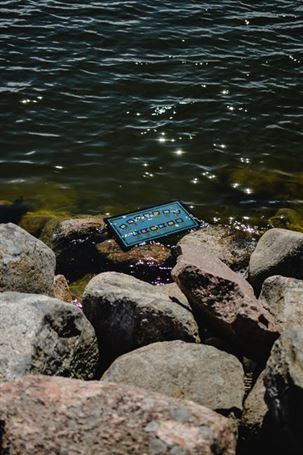Blogpool, Chemicals, Maintenance, Swimming Pool, Water Testing
Essential Pool Chemicals: What Every Swimming Pool Owner Should Know
Proper water chemistry maintenance stands as an essential responsibility for anyone who owns swimming pools. Your expertise about basic pool chemicals together with their purposes allows you to operate a clean and safe swimming pool environment. This article describes the essential pool chemicals needed for water balancing together with their proper usage techniques to sustain pool health.
1. Chlorine: The Primary Sanitizer
Chlorine functions as the main sanitizing substance in swimming pool applications because of its excellent sanitizing properties. Through disinfection processes the sanitizer defends swimming pool water against harmful bacteria together with algae.
Types of Chlorine:
Liquid Chlorine: Liquid Chlorine operates fast but its active sanitizing properties diminish during storage time.
Pool owners find Chlorine Tablets beneficial because they provide slow and steady chlorine delivery to the water.
The product contains easy storage features and simple application methods which make it suitable for pool shocking because of Chlorine Granules.
Chlorine levels must stay between 1-3 parts per million (ppm) to maintain safe swimming conditions.
2. pH Balancers
The proper pH range in pool water stands as essential because it affects swimming comfort and sanitizing effectiveness.
The most suitable pH level range for pool water exists between 7.2 and 7.6.
The pH value needs sodium carbonate (soda ash) when it falls below 7.2 to raise it.
The pH value needs reduction through the use of muriatic acid or sodium bisulfate.
Dosage:
Sodium carbonate at 100g per 10,000 litres of water will increase the pH by 0.1.
To decrease pH: Muriatic acid at 250ml should be added per 10,000 litres to lower the pH value by 0.1.
3. Alkalinity Increaser
Total alkalinity functions as a pH stabilizer that prevents abrupt water equilibrium shifts which could disturb the system.
Total alkalinity should be kept between 80-120 parts per million (ppm).
The process of adjustment demands the addition of sodium bicarbonate (baking soda) when the alkalinity levels reach insufficient levels.
A 10 ppm increase in alkalinity requires the addition of 250g baking soda to 10,000 litres of water.
4. Calcium Hardness
The calcium concentration in water determines calcium hardness because this factor protects pool surfaces and equipment from corrosion.
The recommended calcium hardness range exists between 200-400 parts per million (ppm).
You need to add calcium chloride when the hardness level needs adjustment.
The recommended amount of calcium chloride to use per 10,000 litres of water amounts to 1kg which will increase calcium hardness by 50 ppm.
5. Algaecides
The water in pools demands specific chemicals named algaecides which fight and eliminate algae growth. The substances should be used specifically under hot weather conditions that promote algae growth according to pool owners.
Types of Algaecides:
Polyquaternium-based: The product works well against green algae and remains safe for all pool surfaces.
Copper-based: The substance proves efficient yet it could cause pool surface discoloration when used improperly.
The manufacturer’s instructions should be followed for proper dosage which amounts to 1 litre per 10,000 litres of water.
6. Clarifiers and Flocculants
The process of adding clarifiers to pool water causes small particles to clump together before pool equipment can filter them. The working principle of flocculants matches clarifiers by allowing particles to settle at the bottom of the pool for vacuum cleaning purposes.
You should apply clarifiers every week but use flocculants specifically when the water turns extremely hazy.
The manufacturer’s directions for clarifier dosage specify 100ml per 10,000 liters of water.
Testing Your Water
Regular water testing enables you to maintain the perfect chemical composition in your pool. You need reliable test kits or test strips to obtain accurate measurements of chlorine and pH levels and alkalinity and calcium hardness.
Chlorine: 1-3 ppm
pH: 7.2-7.6
Alkalinity: 80-120 ppm
Calcium Hardness: 200-400 ppm
Conclusion
The correct use of essential pool chemicals alongside proper application methods will produce clean swimming conditions and allow safe pool usage. Water chemistry balance requires regular testing along with proper adjustments to maintain stability. The company website contains available information about pool chemicals or customers can contact our support team for guidance. The appropriate chemical balance at correct levels defends pool users from harm and extends equipment and pool surface components lifespan.
Some products you might be interested in:


